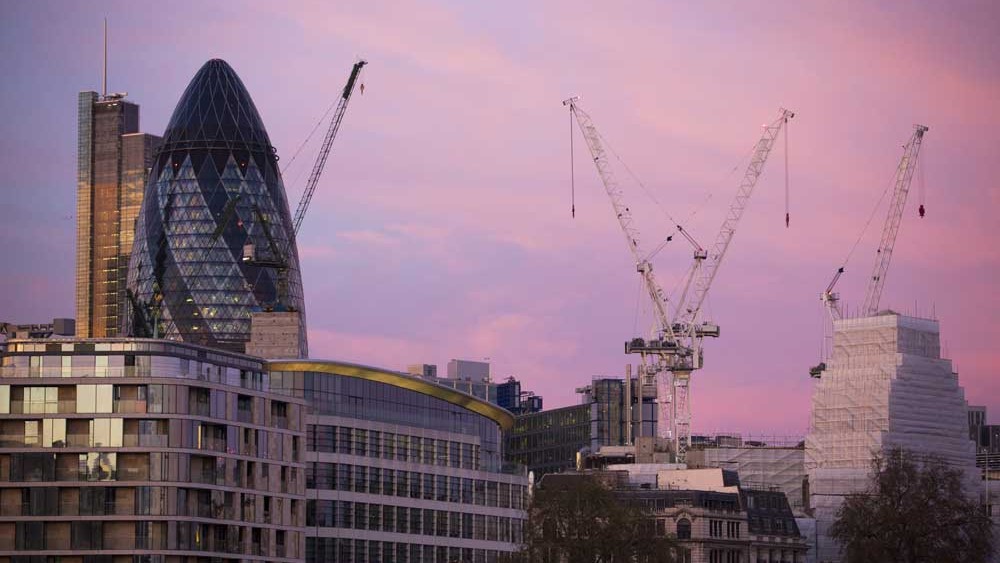Signs of a bubble?
The number of new developments approved for construction has surged again this year, with a substantial 20% increase in the planning pipeline since 2013, representing 106,208 new units, a new research by LOREMA and Land Registry data by London Central Portfolio (LCP) has shown.
This pipeline is largely made up of projects in the ‘mega cluster’ areas around Tower Hamlets and south of the river in the now infamous Battersea-Nine Elms stretch, where there is already a proliferation of new developments. This year, a further 33,239 and 18,665 units respectively are now scheduled to be built.
Despite the ever increasing number of new developments, however, statistics have shown that the attraction of these new properties, where prices now average £914,532, is waning. According to LCP’s analysis of the Government’s Land Registry data, only 1,491 new units have been sold so far this year, a substantial 43% decrease on this time in 2015.
This compares with older properties in Inner London where transactions have remained static, 13,194 in 2016 compared with 13,190 over the same period last year.
Bringing more bad news for developers, square foot prices have also fallen for new properties. Across the Battersea-Nine Elms stretch, prices are down 8% on their 2014 high. This is in stark contrast to London as a whole where prices are up 23%.
Naomi Heaton, CEO of LCP, said: “In light of the plethora of tax hits over the last few years, possibly exacerbated by the uncertainty of Brexit, it appears foreign investors, the majority buyer of new developments, may finally be turning away. These properties typically sell at a significant premium, averaging 25%, over older stock. History demonstrates that a saturation of over-priced commodity-style property leads to softening prices, particularly during times of economic uncertainty.
“In Tower Hamlets, for example, which undertook an extensive building program before the Global Financial Crisis (GFC), prices took six years to reach parity with their pre-recession level. In contrast in Prime Central London (PCL)**, where there is very limited new build due to the conservation of its architectural heritage, prices had bounced back by 2010. In a similar fashion, we are again seeing today ‘business as usual’ for older stock.”


Comments are closed.